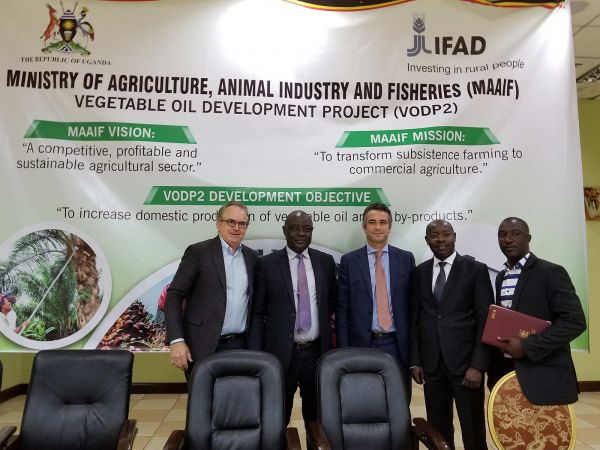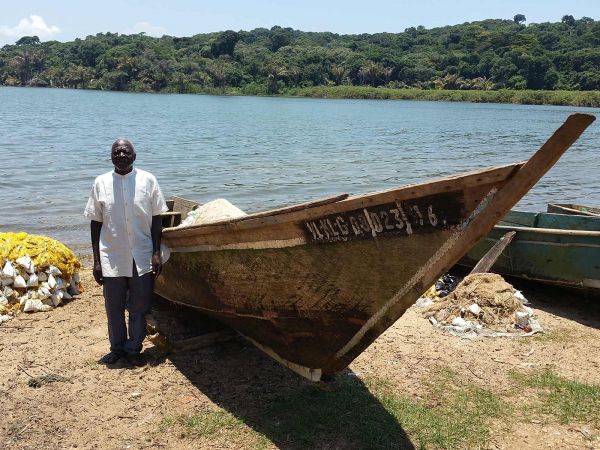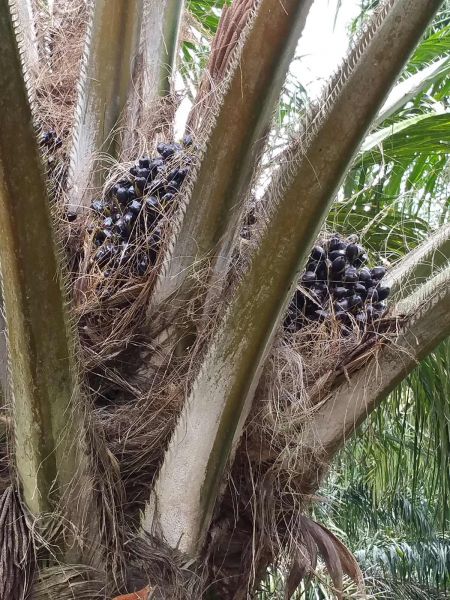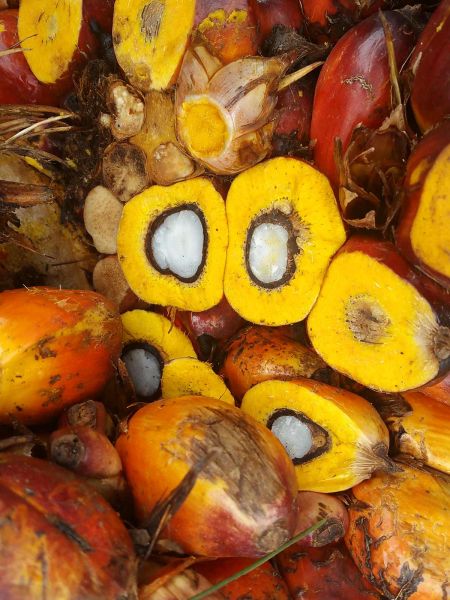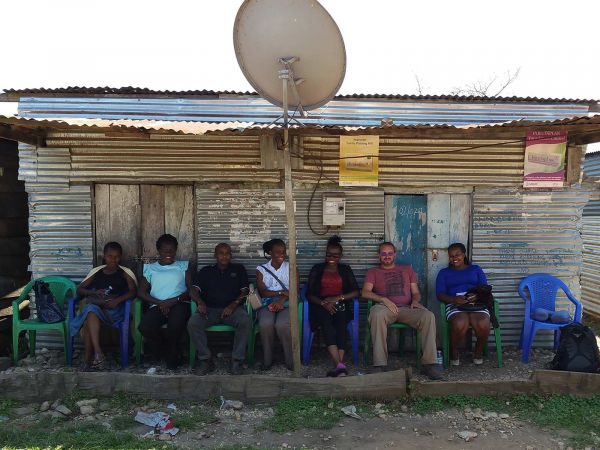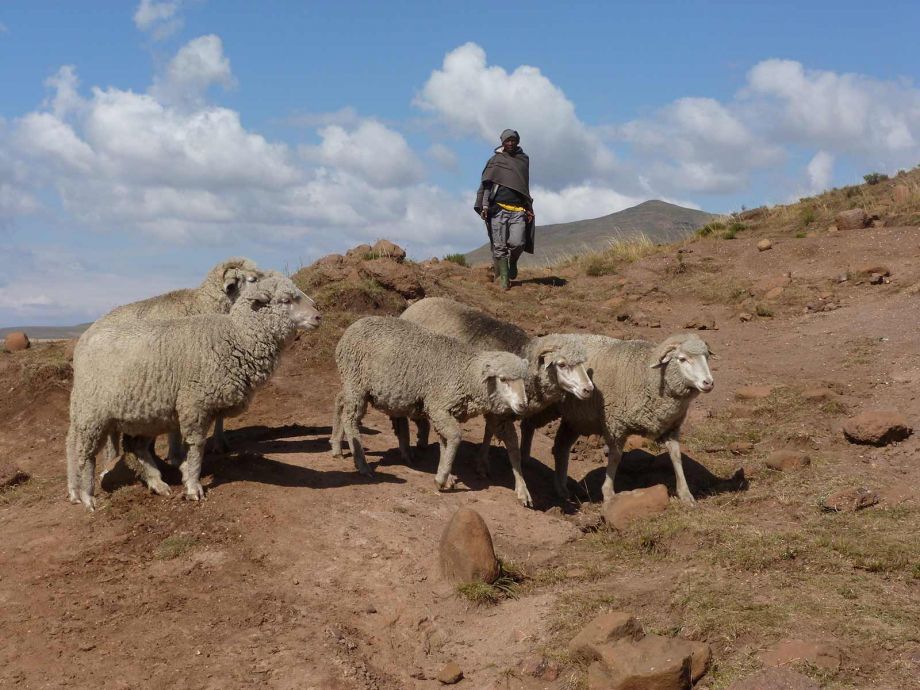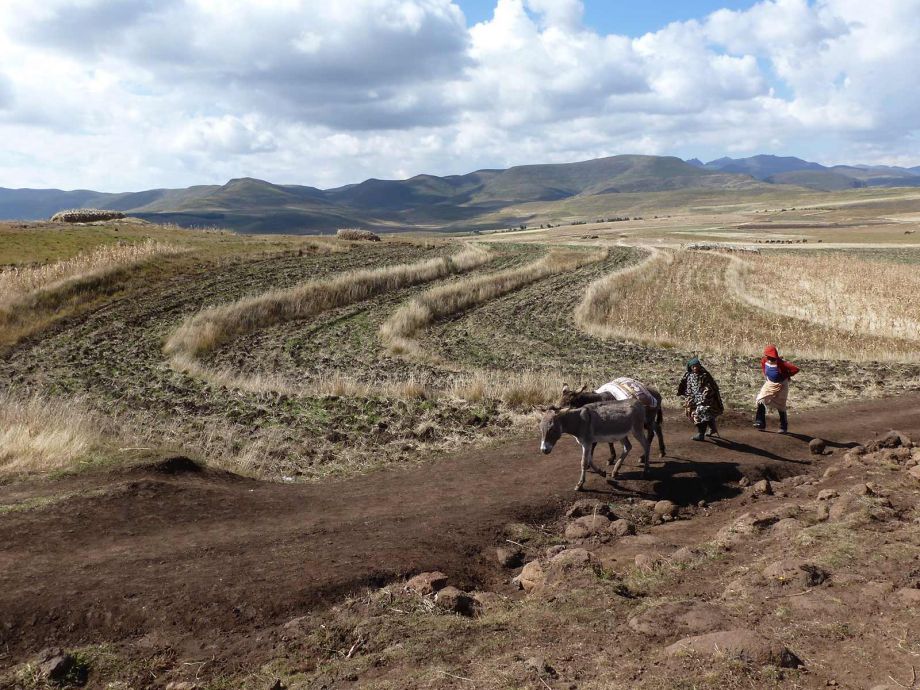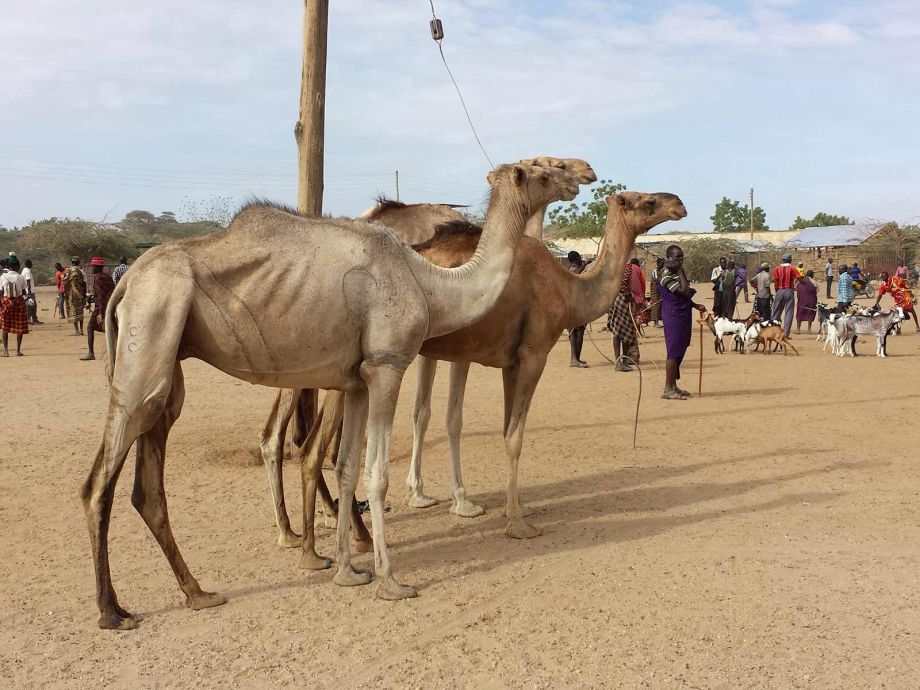Impacts of Oil Palm Development in Uganda
Funding Agencies: Government of Uganda, the United Nations International Fund for Agricultural Development (IFAD), Kalangala Oil Palm Growers Trust (KOPGT) and Bidco Uganda Ltd.
Objective: To understand the impact of oil palm development on local economies.
Methods: Quasi-experimental econometrics, local economy-wide impact evaluation
Approach: A local economy-wide impact evaluation (LEWIE) simulation model is used to quantify the full impact of a large-scale oil palm production and processing project on residents of Bugala Island in Uganda’s Kalangala District. We use an econometric analysis of data collected from grower and non-grower households to validate findings on selected outcomes.
Key findings: Each additional acre of mature oil palm adds UGX 2.2 million annually to the Kalangala economy (UGX 1.9 million if adjusted for inflation). Of this, UGX 800,000 (US$231, roughly 40 per cent of total benefits) goes to households that do not participate in oil palm production. An additional acre of oil palm creates 127 person-days of employment in Kalangala, 95.9 of which are in households that do not grow or work in oil palm. All sectors of the economy expand, with the exception of fishing. A 1 per cent (108.7 acre) expansion in oil palm plantations raises total cash income in Kalangala by UGX 242 million (US$70,000) and total real income by UGX 210.1 million (US$60,000). A 10 per cent increase in oil palm productivity increases total cash income in Kalangala by nearly UGX 5 billion annually, with nearly half of the income gain going to non-oil-palm-producing households. Fishing effort decreases, an important finding given the over-exploitation of the Lake Victoria fishery and adverse health effects of exposure to lake waters.
Findings were featured in The Observer, Watchdog Uganda, UC Davis ARE in Action, and the Vegetable Oil Developement Project Uganda. The complete report is available from IFAD.
